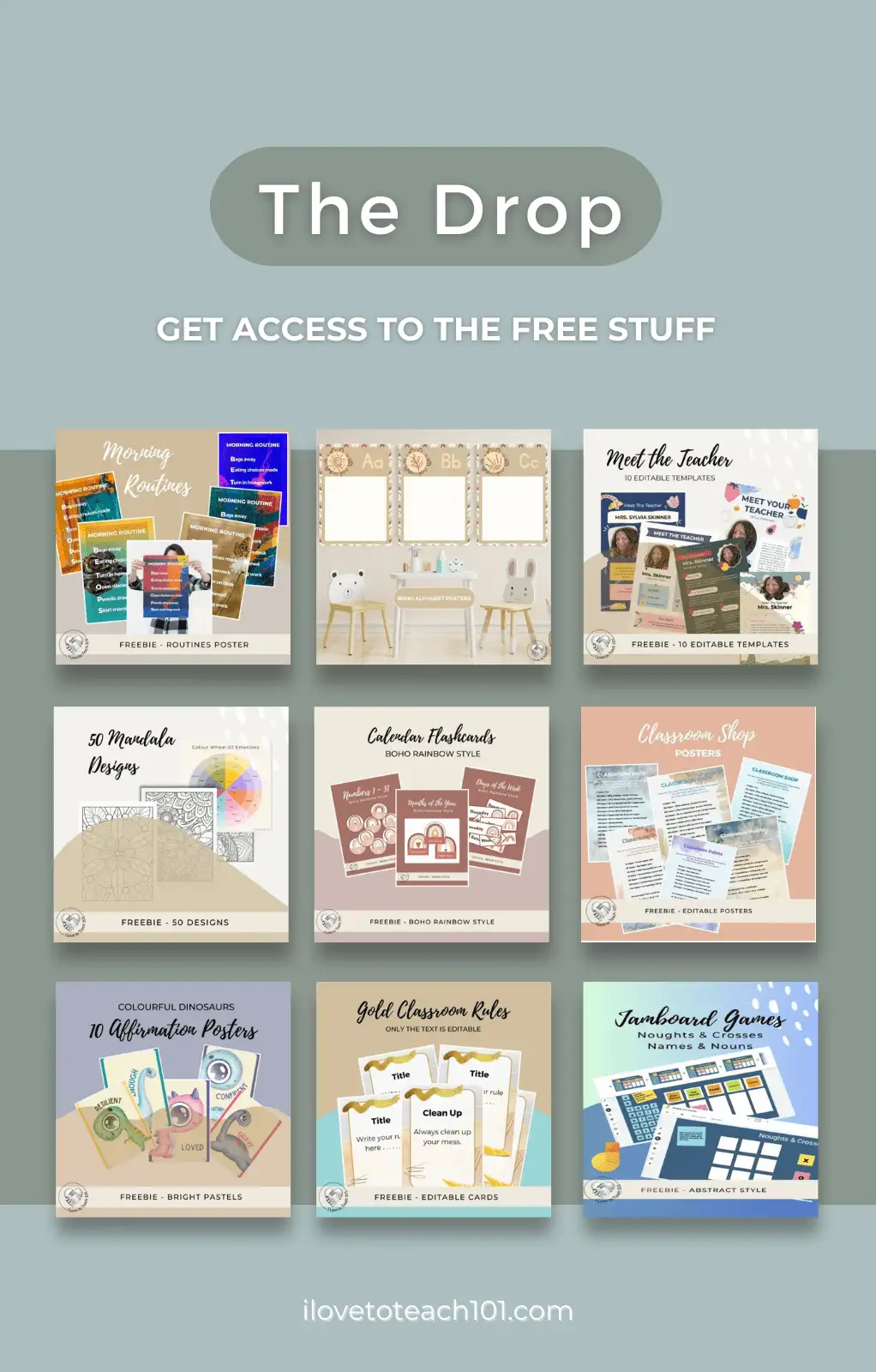Let's connect and solve those problems fast


Connect with us today and let’s streamline your journey towards effective solutions. We’re here to listen, learn, and collaborate with you every step of the way. Whether you’re seeking advice, resources, or just a friendly ear, we’re here to provide the support you need to enhance your teaching experience and solve problems efficiently.
Please complete the form below and we’ll get back to you as soon as possible.

Connect with us!
Connect on Social
Teachers connect and communicate more effectively
As a school teacher, your email inbox is likely a mix of student inquiries, parent communications, and administrative updates. Managing this effectively is crucial not only to reduce your workload but also to enhance your ability to connect meaningfully with students and parents.
Let’s explore four practical strategies that can dramatically streamline your inbox, freeing up more time for teaching and less for administrative tasks. By organizing your inbox, setting dedicated times for checking emails, leveraging powerful email tools, and establishing clear communication guidelines, you can enhance your productivity and foster better connections within your educational community. These methods not only reduce the daily deluge of emails but also ensure that every communication is meaningful and manageable.

1. Connect by prioritising: organise your inbox
For teachers, every subscription or unnecessary email can distract from the real priorities: your students and their learning. Start by unsubscribing from non-essential newsletters or updates that do not directly benefit your teaching or personal development. This step simplifies your inbox, allowing you to focus on and connect with the communications that truly matter.
2. Connect by scheduling: set your email time
Constantly checking emails can interrupt your teaching flow and consume time that could be spent engaging with students. To manage this, try limiting your email activity to three specific times during the school day—perhaps before classes begin, during lunch, and after school ends. This routine helps you maintain focus and connect more attentively with each email, ensuring that your communications are thoughtful and effective.
3. Connect with automation: leverage email tools
Utilise the features of your email system to sort and prioritise messages. Many email clients offer the ability to create folders, set filters, and even highlight emails from key contacts like parents or administration. By automating these processes, you can ensure that important emails are never missed and that your inbox supports your goal to connect effectively and efficiently with your educational community.
4. Connect by educating: set communication guidelines
Encourage parents and students to use email judiciously by setting clear guidelines about appropriate email use. For instance, establish what types of inquiries are suitable for email versus in-person discussions. This not only educates your contacts on effective communication practices but also helps prevent your inbox from becoming overwhelming, allowing you to spend more time teaching and less time managing emails.

Connect to enhance wellbeing
Effective email management can significantly impact a teacher’s daily routine and overall wellbeing. By reducing the time spent navigating an overcrowded inbox, teachers can allocate more time to their core responsibilities—preparing lessons, engaging with students, and reflecting on educational strategies. This shift not only enhances professional satisfaction but also helps maintain a healthy work-life balance, which is crucial in the demanding teaching environment.
For teachers, effective email management is key to reducing daily stress and enhancing connections with students and parents. By organising your inbox, scheduling dedicated email times, and using automation tools, you can transform your email from a burden into a powerful asset. Connect through these strategies, and reclaim your time for what truly matters—teaching and inspiring your students.

